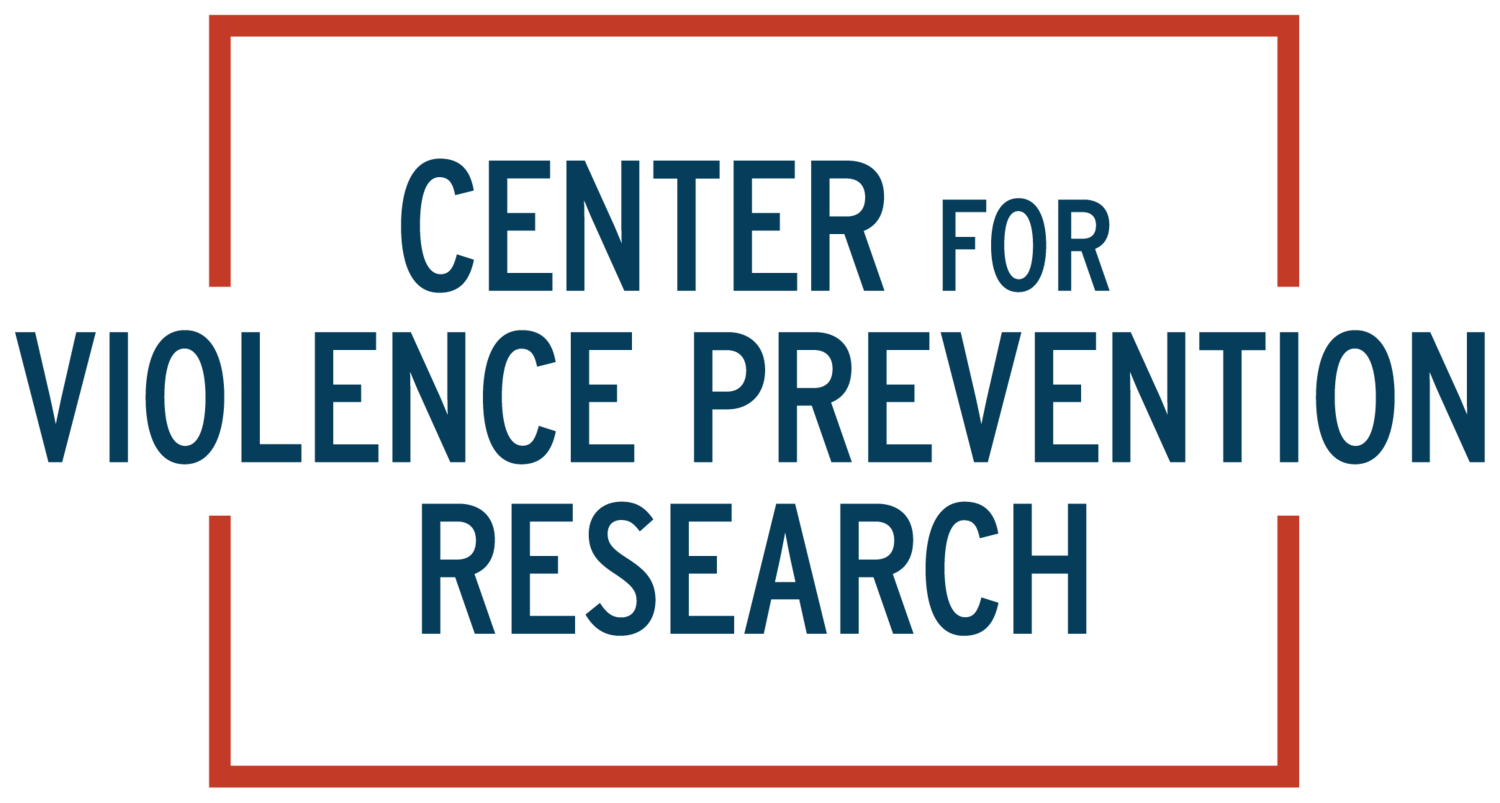What does evidence-based mean?
Many violence prevention organizations seek to implement evidence-based programs. But what does “evidence-based” mean? Does it differ from research-based or evidence-supported? The short answer is no, they are not different. What counts as evidence and where can I access it? Is all evidence created equal? With no standardized explanation available, confusion is abundant.
The Centers for Disease Control and Prevention provides a useful guide for understanding evidence. The Center uses this guide to provide practical tools for leadership to understand and apply high-quality evidence to practice.
In general, you should review three sources of evidence when considering a prevention practice strategy.
Evidence Source 1: Research
Research studies can provide evidence of a practice’s effectiveness. However, not all research studies are created equal. The quality of evidence from a single research study is primarily based on design of the study and whether the report of that study underwent peer review.
Consider the following when interpreting a single research study:
Was the study reviewed by other scientists (peer-reviewed)?
What was the design of the study?
Did the researchers find the practice to be effective (i.e., did it do what it is supposed to do)?
Did the researchers find any harmful effects of the practice?
Other factors that impact quality of research evidence are strategies to reduce bias, sampling, sample size, generalizability, and measurement.
The Center for Violence Prevention Research developed a quality meter as a quick reference tool for determining quality of evidence for a single research study.
Studies that do not undergo peer-review (indicated in red) have the lowest quality of evidence and studies that systematically analyze multiple randomized control trials (indicated in green) have the highest quality of evidence.
Study design meter for determining quality of evidence for a single study.
In addition to assessing the quality of research evidence to help with decisions about practices or programs, also consider the scalability, ease of implementation, and the potential success of a program or practice in the setting and with the particular population in which it will be implemented.
Ask questions such as:
Has the practice been tested by people other than the creators of that practice (i.e., independent replication)?
Does the practice come with comprehensive, easy to use implementation guidance?
Has the practice been found to be effective in multiple and different settings?
Answering yes to these indicates greater levels of evidence in support of a practice strategy.
Evidence Source 2: Community needs and preferences
Known as contextual evidence, understanding the factors, such as community needs and preferences, that may impact the success of a prevention strategy is also essential to evidence-based decision making. A prevention strategy will only be effective if it meets the needs and preferences of the community in which it is implemented. Thus, it is essential to understand important questions such as:
Does the community want this program or practice and will they accept it?
Will it work for this particular community with the specific resources available and the social, cultural, and historical characteristics?
Is it appropriate and useful for the people in this community?
Community needs assessments, surveys, focus groups, and interviews are some of the ways to gather this information. Knowing the answers to these types of questions is fundamental to knowing if a violence prevention strategy can be effective in a specific setting.
Evidence Source 3: Professional expertise
Experiential evidence comes from those who have worked or lived in a community and have gained knowledge over time that can inform evidence-based decision making. People who live in a community and professionals who have served a community, such as direct service providers, first responders, and practitioners, most likely have knowledge of what has been tried, what works, and what doesn’t.
This type of evidence can be gathered through reflective questions, communities of practice, expert panels, team decision making, etc. And it can provide information that cannot be captured through other types of research.
Evidence-based decision making occurs when the best available research evidence is combined with the contextual and experiential evidence from community data and field-based expertise.
To learn more about using evidence-based decision making to prevent violence, visit the CDC’s Veto Violence: Understanding Evidence.
Want to see more here? Let us know whats missing.
Download a printable version of this information.


